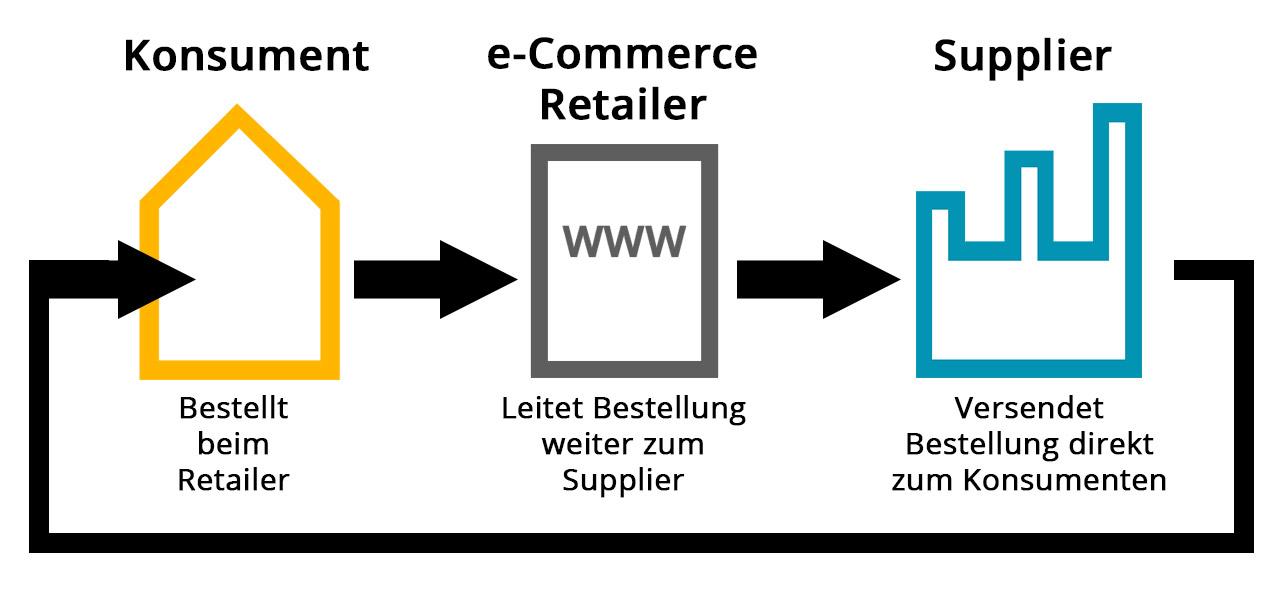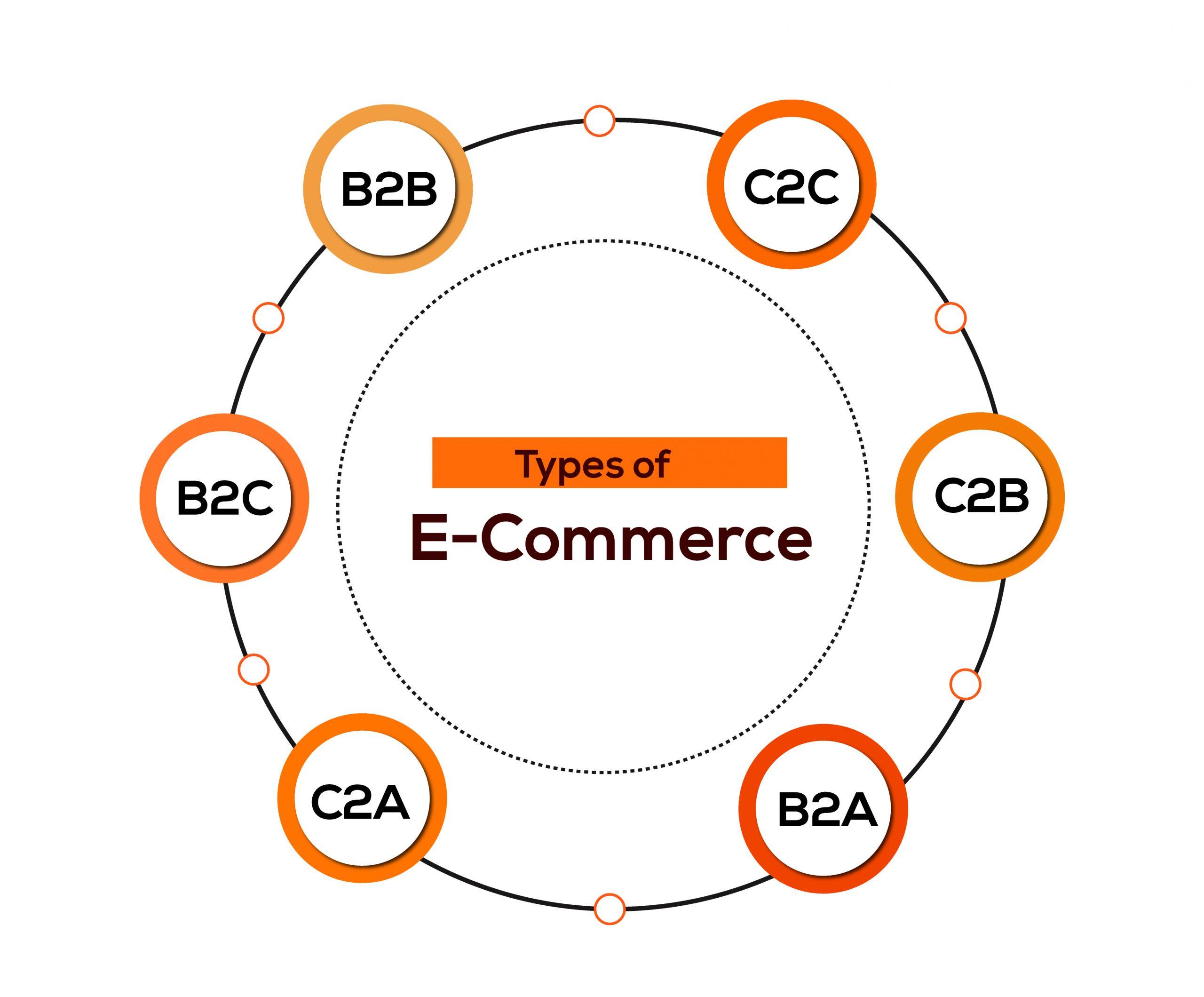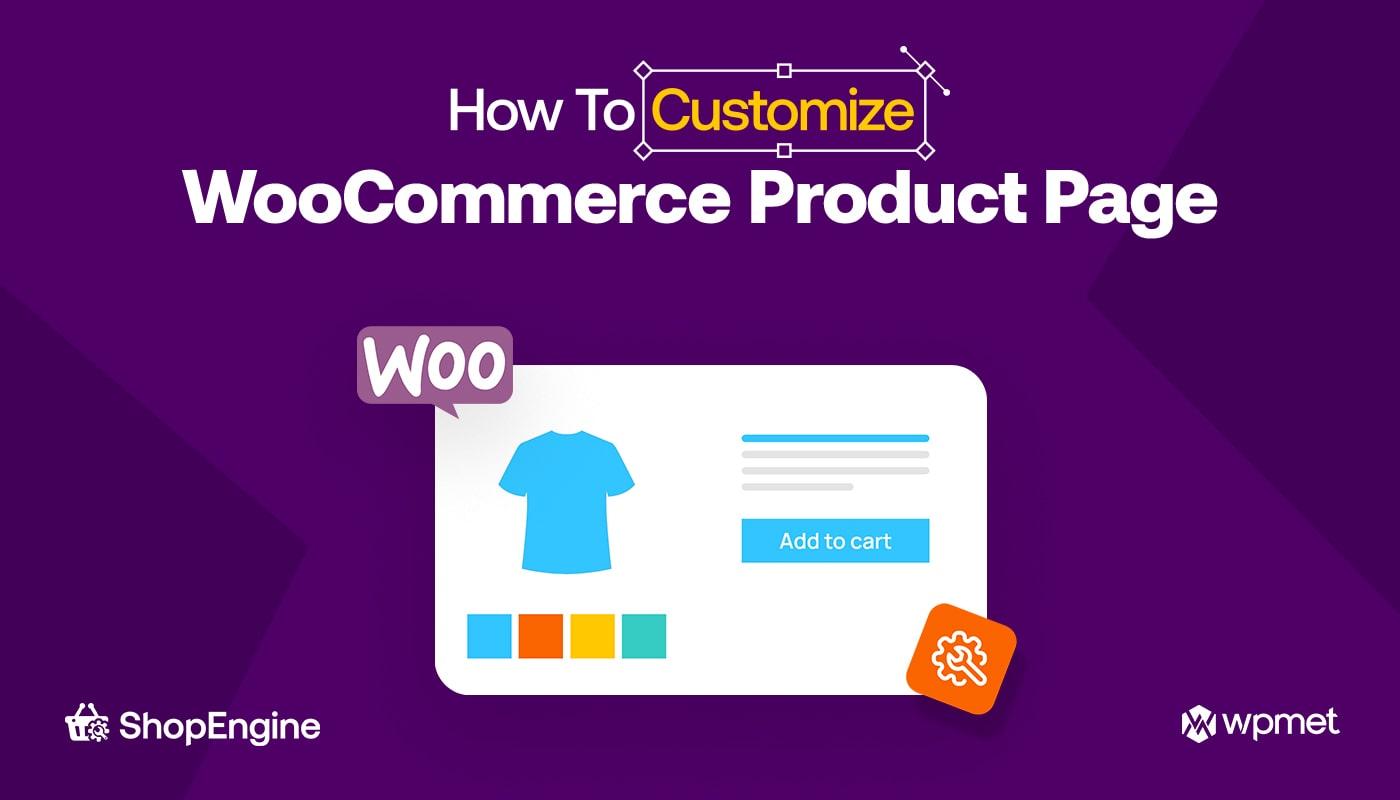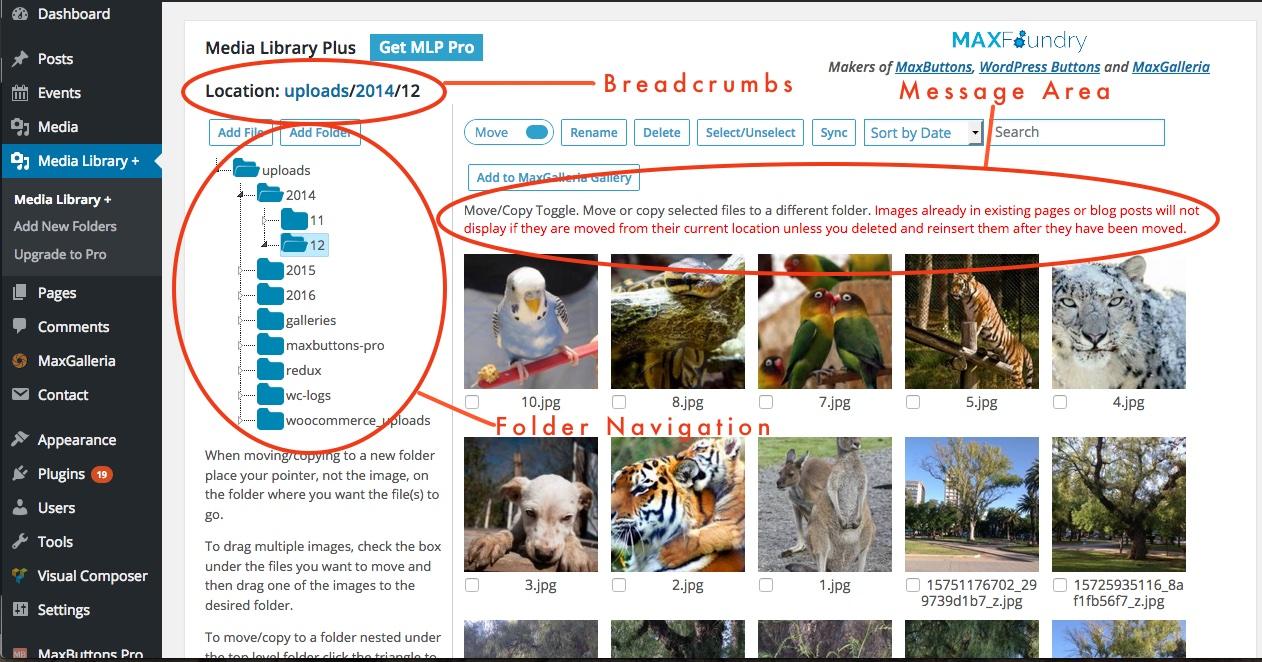Ready to dive into the world of Shopify affiliate marketing? It’s a fantastic way to earn passive income by promoting products you love. Join me as we explore simple steps to get started, maximize your earnings, and turn your passion into profit!
Shopify Affiliate Marketing: A Guide for Beginners
Introduction
Have you ever dreamed of earning money while you sleep? If so, affiliate marketing might just be the perfect avenue for you, especially when paired with the powerhouse platform that is Shopify. Imagine promoting products you love and getting paid for it—all from the comfort of your home! Whether you’re new to the world of online business or simply looking to diversify your income streams, Shopify affiliate marketing offers an exciting opportunity to turn your passion into profit.
In this guide, we’ll break down everything you need to know to get started on your affiliate marketing journey with Shopify. From understanding the basics to practical tips on maximizing your earnings, we’ll walk you through each step of the process. So, grab a cup of coffee, settle in, and let’s dive into the world of Shopify affiliate marketing together! Your path to financial freedom could be just a few clicks away.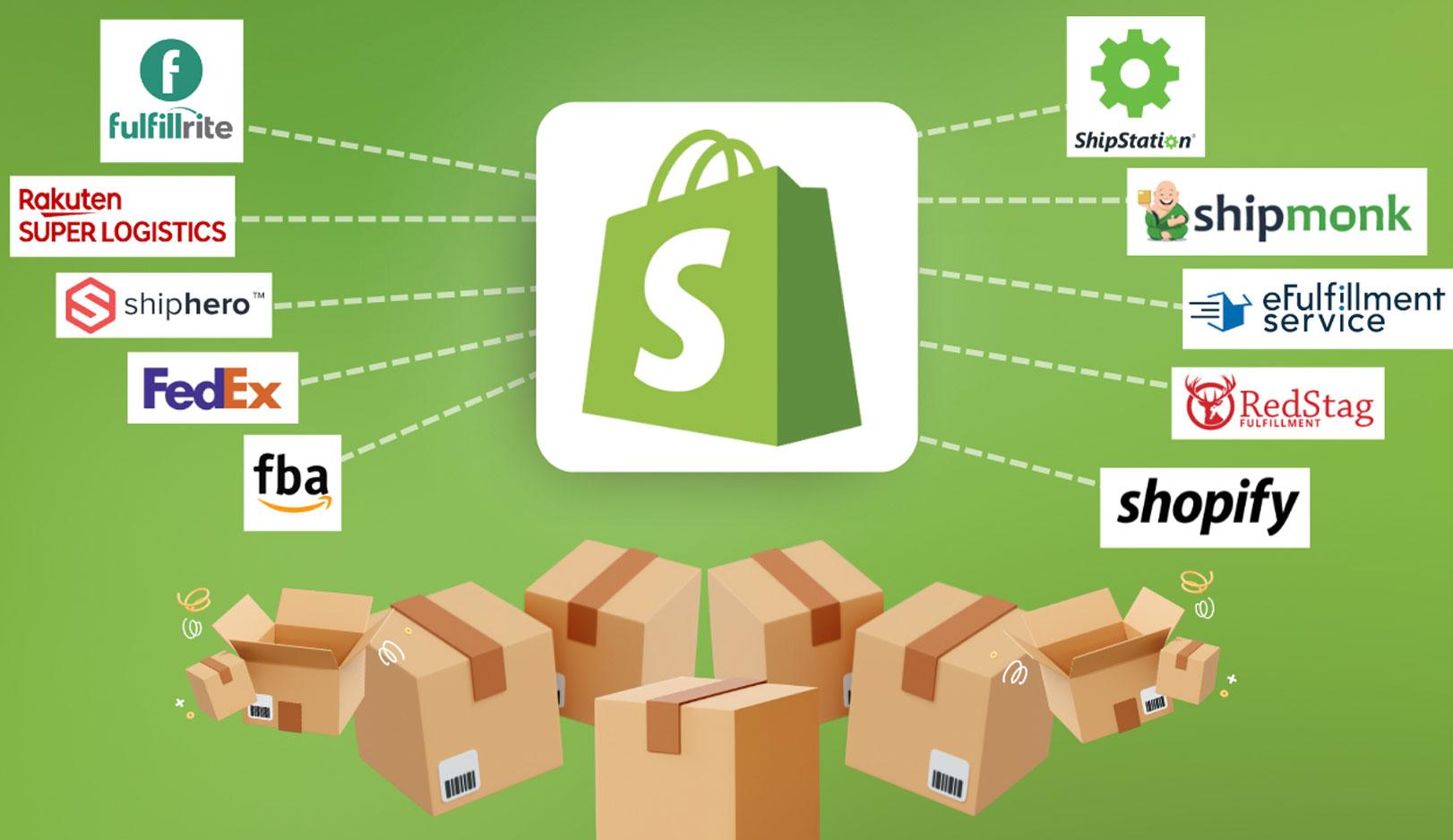
Understanding the Basics of Shopify Affiliate Marketing
When diving into the world of Shopify affiliate marketing, it’s important to grasp some foundational concepts that will help you navigate this rewarding landscape. At its core, affiliate marketing is about promoting products or services and earning a commission for every sale made through your referral. With Shopify, this process is streamlined, allowing you to focus on what truly matters: driving traffic and converting leads into sales.
To get started, here are some key elements to consider:
- Understanding the Shopify Affiliate Program: This program enables you to earn commissions by promoting Shopify’s subscription plans and products. As an affiliate, you’ll receive a unique referral link that tracks your sales.
- Choosing Your Niche: Identifying a niche that resonates with your audience is crucial. This not only helps in targeting the right customers but also enhances your credibility as an affiliate marketer.
- Creating Quality Content: Engaging content is the backbone of successful affiliate marketing. Whether it’s blog posts, videos, or social media updates, your content should provide value and spark interest.
- Leveraging SEO: Search Engine Optimization (SEO) is vital for driving organic traffic. Utilize relevant keywords in your content to rank higher in search results.
- Building an Email List: Don’t underestimate the power of email marketing. A well-maintained email list allows for direct communication with your audience, promoting your affiliate links effectively.
Another essential aspect is understanding how to track your performance. Most affiliate programs, including Shopify’s, provide comprehensive dashboards where you can monitor clicks, conversions, and commissions. This data is invaluable for optimizing your marketing strategies.
Here’s a simple overview of key performance metrics you should watch:
| Metric | Description |
|---|---|
| Clicks | The number of times your affiliate link has been clicked. |
| Conversions | The number of successful sales generated from your clicks. |
| Commission Rate | The percentage of the sale that you earn as a commission. |
| Average Order Value | The average amount spent by customers you referred. |
Lastly, don’t forget to engage with your audience. Building relationships with your followers can lead to increased trust and higher conversion rates. Utilize social media platforms and forums to promote your content and affiliate links. Remember, genuine engagement often translates to higher sales.
By mastering these basics, you’ll set a solid foundation for your affiliate marketing journey with Shopify. It’s all about persistence, continuous learning, and adapting your strategies to what works best for your audience. Get out there and start making your mark!

Why Choose Shopify for Affiliate Marketing Success
When it comes to affiliate marketing, Shopify stands out as a powerful platform that can significantly boost your chances of success. Here are several reasons why Shopify is a top choice for affiliate marketers:
- User-Friendly Interface: Shopify is designed with ease of use in mind. Its intuitive dashboard allows users, even those with little technical experience, to create and manage their online stores effortlessly. You can quickly set up products, track sales, and analyze performance metrics.
- Robust Affiliate Programs: Shopify provides seamless integration with various affiliate marketing apps, allowing you to manage your partnerships with ease. Programs like Refersion and LeadDyno help you track your affiliates’ performance and manage payouts, ensuring a smooth operation.
- Customizable Storefronts: The platform offers a plethora of themes and customization options, enabling you to create a unique storefront that aligns with your brand. A visually appealing site can attract more visitors and convert them into customers.
- Built-in SEO Features: Shopify comes with built-in SEO capabilities that allow you to optimize your store for search engines. From customizable title tags to easy URL editing, these features help ensure your products reach a larger audience.
- Secure and Reliable: Security is paramount in e-commerce, and Shopify guarantees safe transactions. With built-in SSL certification and compliance with PCI standards, both you and your customers can feel secure when making transactions.
- Mobile Optimization: Given the increasing number of shoppers using mobile devices, Shopify is designed to be mobile-responsive. This means your affiliate marketing efforts can reach customers wherever they are, enhancing your potential for sales.
Moreover, Shopify’s extensive support and community resources make it easier for beginners to navigate affiliate marketing. From helpful documentation to active forums, you can find answers and tips to propel your affiliate marketing strategy. With a strong focus on customer service, Shopify ensures that you have the support you need, whether it’s through live chat, email, or phone assistance.
Lastly, consider the potential for scaling your business. As your affiliate marketing efforts grow, Shopify allows for easy upgrades to accommodate increased traffic and sales. This flexibility means you can start small and expand as your success grows, without worrying about outgrowing your platform.

Setting Up Your Shopify Affiliate Account Made Easy
Getting your Shopify affiliate account up and running can seem daunting, but with the right steps, it can be a breeze. Here’s how to set up your account and start earning those commissions effortlessly.
1. Sign Up for the Shopify Affiliate Program
Begin by navigating to the Shopify Affiliate Program page. You’ll find a straightforward registration form where you’ll need to provide basic information such as:
- Your name
- Email address
- Your website or social media platform
- A brief statement about why you want to join
Once you submit your application, Shopify will review it. You’ll receive an email notification about your acceptance, usually within a few days.
2. Access Your Affiliate Dashboard
Upon approval, you’ll gain access to your Shopify affiliate dashboard. This is where the magic happens! Here, you can:
- Track your performance and commissions
- Generate affiliate links
- Access marketing materials and resources
The dashboard is user-friendly, making it easy to find everything you need to promote Shopify effectively.
3. Generate Your Unique Affiliate Links
Your affiliate links are crucial for tracking sales and earning commissions. In the dashboard, you can create and customize these links to direct your audience to specific products or services on Shopify. It’s important to use these links in your content, whether it’s blog posts, videos, or social media, to ensure you get credit for any sales made through your referrals.
4. Utilize Marketing Resources
Shopify provides a wealth of marketing resources to help you succeed. Take advantage of:
- Promotional banners
- Email templates
- Product images and descriptions
These resources are designed to make promoting Shopify easy and effective, allowing you to focus on creating high-quality content that resonates with your audience.
5. Track Your Progress and Optimize
Once you start promoting Shopify, it’s essential to monitor your progress. Use the analytics tools available in your dashboard to see which strategies are working and which aren’t. Adjust your approach based on:
- Click-through rates
- Conversion rates
- Overall sales
Optimizing your content will help maximize your earnings and create a more impactful affiliate marketing strategy.
Crafting a Compelling Niche for Your Affiliate Business
When diving into the world of affiliate marketing, especially through platforms like Shopify, the first step is identifying a niche that resonates with both your interests and your audience. A well-defined niche can set the foundation for a successful affiliate business, leading to higher engagement and conversions.
Here are some key factors to consider when crafting your niche:
- Passion and Expertise: Choose a niche that you are passionate about or have expertise in. This will not only keep you motivated but also help you create authentic content that resonates with your audience.
- Market Demand: Conduct thorough research to ensure there’s a demand for your chosen niche. Use tools like Google Trends and keyword research tools to gauge interest levels.
- Target Audience: Clearly define who your target audience is. Understanding their needs and preferences will allow you to tailor your content effectively.
- Competition Analysis: Analyze your competitors to see what they’re doing well and what gaps you can fill. A unique angle can set you apart in a crowded marketplace.
Once you’ve identified a niche, consider creating a value proposition that articulates why your audience should choose your recommendations over others. This could be based on unique insights, personal experiences, or even exclusive deals you can offer as an affiliate.
To visualize the differences between niches, here’s a simple table showcasing potential niches and their characteristics:
| Niche | Passion Level | Market Demand | Competition Level |
|---|---|---|---|
| Eco-Friendly Products | High | Growing | Medium |
| Fitness and Wellness | Medium | High | High |
| DIY Crafts | High | Medium | Low |
| Personal Finance | Medium | High | Medium |
as you develop your niche, remember that flexibility is key. The digital landscape is ever-evolving, and being open to pivoting your approach can lead to new opportunities and growth within your affiliate business.
Creating Engaging Content That Converts
Creating content that truly resonates with your audience is essential for driving conversions in affiliate marketing. When you’re working with a platform like Shopify, it’s crucial to focus on content that not only grabs attention but also encourages action. Here are some effective strategies to enhance your content:
- Know Your Audience: The foundation of engaging content is understanding who you are speaking to. Identify their needs, preferences, and pain points to tailor your messages effectively.
- Use Compelling Headlines: Your headlines are your first impression. Make them catchy and relevant to spark curiosity and entice readers to click through.
- Incorporate Visuals: Eye-catching images, infographics, and videos can break up text and provide a richer experience, keeping readers engaged longer.
- Tell a Story: Weave narratives into your content to create an emotional connection. Share personal experiences or customer testimonials that illustrate the benefits of the products you’re promoting.
- Strong Calls to Action: Every piece of content should have a clear direction. Use persuasive language to guide your audience towards what you want them to do next, whether it’s signing up, purchasing, or reading more.
Additionally, consider using a structured format for your posts. Implementing tables can help present information in an organized manner, making it easier for readers to digest. For example:
| Product | Key Feature | Affiliate Link |
|---|---|---|
| Shopify Basic Plan | Easy setup | Get Started |
| Shopify Plus | Scalable solutions | Learn More |
| Shopify Lite | Sell anywhere | Explore Now |
Don’t forget to optimize your content for search engines. This involves using relevant keywords naturally within your text, and ensuring your meta descriptions are engaging. This not only helps in ranking higher but also improves click-through rates, making your content more visible to potential customers.
analyze the performance of your content regularly. Use analytics tools to track engagement and conversion rates. This data will help you refine your strategy, allowing you to create even more effective content that drives results.
Leveraging Social Media to Boost Your Affiliate Sales
Social media has transformed the way we connect, communicate, and shop. For affiliate marketers, it’s a goldmine waiting to be tapped. By harnessing the power of platforms like Instagram, Facebook, and Pinterest, you can significantly enhance your affiliate sales. Here’s how you can utilize social media effectively.
First and foremost, understand your audience. Each social media platform attracts a different demographic. Take the time to research where your target audience spends their time and tailor your content accordingly. By posting relevant content, you’ll build a community that trusts your recommendations.
- Engage with followers: Respond to comments and messages to create a loyal community.
- Share authentic experiences: Post genuine reviews or demonstrations of products you promote.
- Utilize visuals: Eye-catching images and videos can significantly increase engagement rates.
Next, leverage hashtags to expand your reach. Effective use of hashtags can help your posts get discovered by users who are interested in similar topics. Make sure to research trending hashtags in your niche. This not only increases visibility but also encourages participation.
Consider running social media campaigns or contests. This not only grabs attention but also encourages users to share your posts, amplifying your reach. A simple giveaway where participants must follow you and tag friends can create a buzz around your affiliate products.
| Platform | Best Practices |
|---|---|
| Use high-quality images and stories to showcase products. | |
| Create engaging posts that encourage sharing and discussion. | |
| Design visually appealing pins that link back to your affiliate site. |
don’t forget about analytics. Most social media platforms provide insights into how your posts are performing. Use this data to refine your strategies. Look for patterns in what types of content generate the most engagement and adjust your approach accordingly.
By strategically using social media, you can create a robust marketing strategy that not only boosts your affiliate sales but also builds your brand presence. Remember, success doesn’t happen overnight, but with persistence and creativity, you can see significant results!

Tips for Building Lasting Relationships with Merchants
Building strong and lasting relationships with merchants is a cornerstone of successful Shopify affiliate marketing. Here are some strategies to foster these connections:
- Communicate Regularly: Establishing consistent communication is key. Schedule regular check-ins via email or video calls to discuss performance metrics, upcoming promotions, and feedback. This demonstrates your commitment to their brand and helps align goals.
- Understand Their Brand: Take the time to learn about the merchant’s products, target audience, and marketing goals. This knowledge enables you to create tailored content that resonates with their brand ethos and appeals to potential customers.
- Provide Value: Always look for opportunities to add value to the partnership. Whether it’s sharing insights from your audience or suggesting new marketing strategies, being proactive in your support can strengthen your relationship.
- Be Transparent: Transparency builds trust. Share your performance metrics openly and discuss what is working and what isn’t. This openness invites collaboration and can lead to more effective marketing strategies.
- Celebrate Milestones: Acknowledge and celebrate successes together. Whether it’s achieving a sales goal or launching a new product, recognizing these moments can boost morale and enhance the partnership.
Moreover, consider the following table to outline effective engagement practices with merchants:
| Engagement Strategy | Description |
|---|---|
| Feedback Loop | Create a system for sharing constructive feedback regularly. |
| Joint Promotions | Collaborate on promotional campaigns that benefit both parties. |
| Content Collaboration | Work together on blog posts or social media campaigns. |
| Networking Opportunities | Introduce them to other affiliates or potential partners. |
Last but not least, always keep the lines of communication open. Encourage merchants to reach out with any questions or ideas they might have. By being accessible and approachable, you not only enhance your relationship but also position yourself as a reliable partner in their business growth.
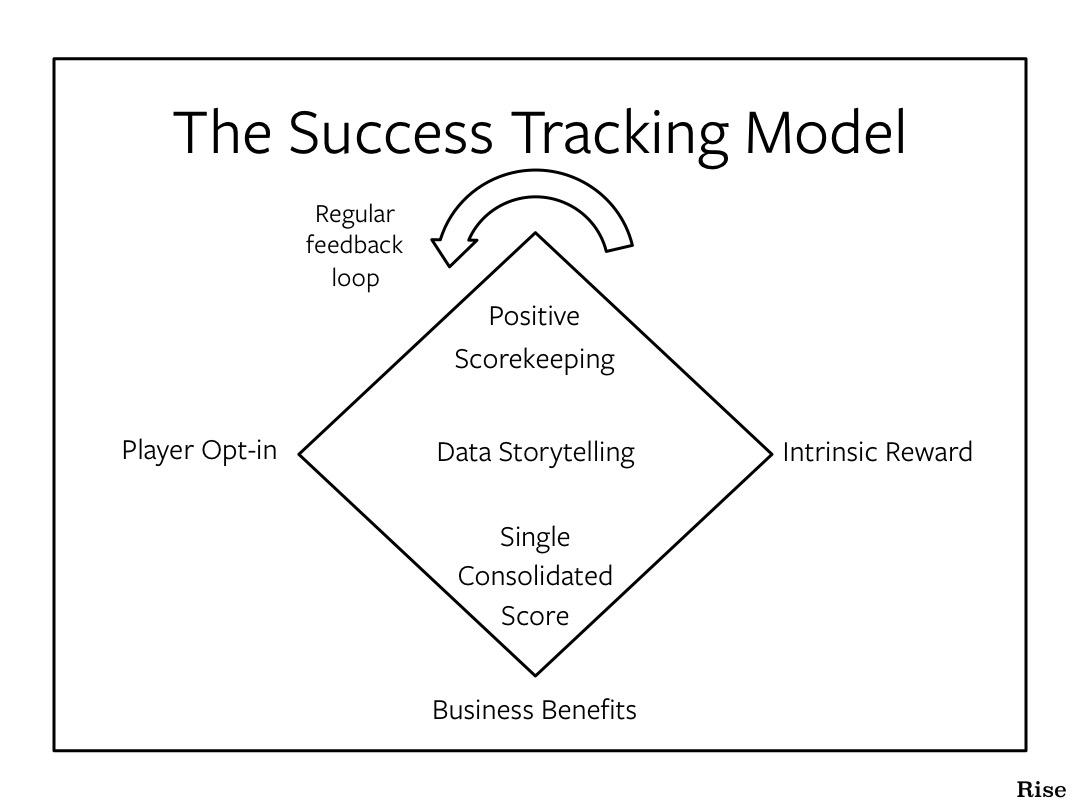
Tracking Your Success: Tools and Metrics You Need
Tracking your progress in Shopify affiliate marketing is essential to understand what strategies work best for you. By leveraging the right tools and metrics, you can fine-tune your approach, maximize conversions, and ultimately increase your earnings. Here are some key tools and metrics that every affiliate marketer should consider:
- Google Analytics: This powerful tool allows you to track website traffic, user behavior, and conversion rates. Setting up goals in Google Analytics can help you see how well your affiliate links are performing.
- Shopify Analytics: If you’re promoting a Shopify store, take advantage of its built-in analytics. This tool provides insights into sales, customer behavior, and referral sources, which can inform your marketing strategies.
- Affiliate Dashboard: Many affiliate programs offer dashboards that give you a snapshot of your performance. Look for metrics like clicks, conversions, and commissions earned to gauge your success.
- Link Management Tools: Consider using tools like Bitly or Pretty Links to shorten and track your affiliate links. These tools can provide click-through rates and help you identify which links are driving the most traffic.
In addition to the tools, you’ll want to focus on specific metrics that indicate your success:
| Metric | Description |
|---|---|
| Click-Through Rate (CTR) | The percentage of people who click on your affiliate link compared to the number of times it was displayed. |
| Conversion Rate | The percentage of visitors who take a desired action (like making a purchase) after clicking your affiliate link. |
| Average Order Value (AOV) | The average amount spent by customers referred through your affiliate links. |
| Commission Rate | The percentage of the sale that you earn from an affiliate program. |
By regularly analyzing these metrics, you can identify trends, understand your audience better, and make informed decisions on where to allocate your marketing efforts. Don’t just track numbers; interpret them! Look for patterns that can inform your content, timing, and promotional strategies.
consider setting up a performance review schedule. Weekly or monthly check-ins can keep you accountable and allow you to pivot your strategies based on real-time data. Remember, the world of affiliate marketing is dynamic; staying adaptable is key to your long-term success.
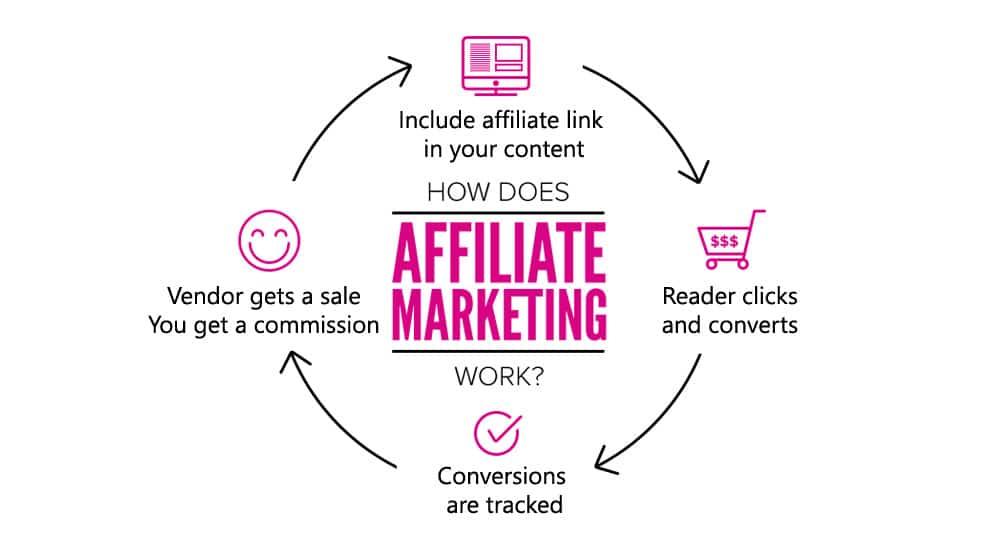
Overcoming Common Challenges in Affiliate Marketing
Affiliate marketing can be a rewarding venture, but it’s not without its hurdles. Many beginners face common challenges that can hinder their success, often leading to frustration. Understanding these challenges and knowing how to tackle them is crucial for building a sustainable affiliate marketing strategy.
One of the primary obstacles is selecting the right niche. With countless options available, it can be overwhelming to choose a niche that balances passion with profitability. To overcome this, consider the following:
- Research trends: Use tools like Google Trends and social media to identify what’s popular.
- Analyze competition: Check how many affiliates are promoting similar products. A crowded niche can be tough to break into.
- Assess your knowledge: Choose a niche you’re knowledgeable about. Your expertise will help build credibility.
Another significant challenge is driving traffic to your affiliate links. Without traffic, there are no sales, and this can be a daunting task for many newcomers. Here are some strategies to enhance your traffic:
- SEO optimization: Learning the basics of SEO can significantly increase your organic search visibility.
- Content marketing: Create high-quality, informative content that provides value to your audience and incorporates your affiliate links naturally.
- Utilize social media: Engage actively on platforms where your target audience spends time. Sharing valuable content can direct users back to your site.
Another aspect to consider is building trust with your audience. Many users are skeptical of affiliate links, fearing they may be scams. To combat this, focus on:
- Transparency: Be open about your affiliate relationships and how they work.
- Providing genuine recommendations: Only promote products you believe will genuinely benefit your audience.
- Engagement: Regularly interact with your audience through comments, emails, or social media to foster a sense of community.
managing expectations is critical in affiliate marketing. Success does not happen overnight, and many beginners may give up too quickly. Maintaining a long-term perspective can help you stay motivated. Remember that:
- Consistency is key: Regularly produce content and promote products to see gradual growth.
- Learn from analytics: Use tools like Google Analytics to track performance and adjust your strategies accordingly.
- Continually educate yourself: The digital landscape is always changing. Stay informed about new trends and techniques.
By addressing these common challenges head-on and implementing effective strategies, you can pave the way for a successful affiliate marketing journey with Shopify. The road may be bumpy at times, but the potential rewards make it worth the effort.
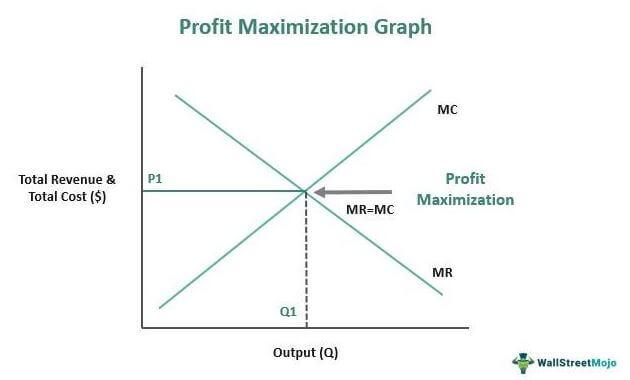
Maximizing Your Earnings: Advanced Strategies to Implement
To truly elevate your earnings through Shopify affiliate marketing, you need to go beyond the basics. Implementing advanced strategies can set you apart from the competition and amplify your revenue streams. Here are some effective tactics to consider:
- Leverage SEO Techniques: Enhance your content with targeted keywords that potential buyers are searching for. Focus on long-tail keywords to attract a more niche audience.
- Utilize Social Proof: Showcase testimonials and case studies of successful users of the products you’re promoting. This builds trust and encourages clicks.
- Create Value-Added Content: Instead of just product reviews, craft comprehensive guides, tutorials, or comparisons that educate your audience and provide genuine value.
- Engage Through Email Marketing: Build a mailing list and send regular newsletters featuring curated products, exclusive discounts, and personalized recommendations to keep your audience engaged.
Another powerful approach is to partner with influencers or bloggers in your niche. Collaborating with those who already have an engaged following can significantly extend your reach and credibility. Consider the following:
- Affiliate Influencer Campaigns: Reach out to influencers who align with your brand, and create campaigns where they can promote your affiliate products through their channels.
- Joint Webinars or Live Events: Host online events with influential figures to showcase the products, offering exclusive affiliate deals to attendees, further incentivizing purchases.
Additionally, optimizing your conversion rates is crucial for maximizing earnings. Identify and implement strategies to encourage visitors to take action. Consider the following table for a quick reference on conversion optimization techniques:
| Technique | Description |
|---|---|
| A/B Testing | Experiment with different layouts, headlines, and calls to action to see what resonates best. |
| Clear Call-to-Actions (CTAs) | Use compelling CTAs that guide users towards making a purchase, such as “Shop Now” or “Get Your Discount.” |
| Optimize Landing Pages | Ensure that your landing pages are streamlined, fast-loading, and mobile-friendly to reduce bounce rates. |
Lastly, implementing analytics tools can provide invaluable insights into your affiliate marketing performance. Keep an eye on metrics such as click-through rates, conversion rates, and overall sales generated from your affiliate links. Adjust your strategies accordingly based on these insights. By continuously refining your approach, you’ll not only maximize your earnings but also build a sustainable affiliate marketing business.
Frequently Asked Questions (FAQ)
Q&A: Shopify Affiliate Marketing – A Guide for Beginners
Q1: What is Shopify affiliate marketing, and how does it work?
A1: Great question! Shopify affiliate marketing is a way for individuals to earn money by promoting Shopify’s platform and its services. Basically, you join the Shopify affiliate program, get your unique affiliate link, and then share it through your blog, social media, or other channels. When someone clicks your link and signs up for Shopify, you earn a commission on their subscription. It’s a win-win—you help others find a great e-commerce solution while earning a bit of cash on the side!
Q2: Why should beginners consider Shopify affiliate marketing?
A2: If you’re looking to dip your toes into affiliate marketing, Shopify is an excellent choice. First off, it’s a trusted and popular platform, which means you’ll be promoting something people actively want. Plus, with a generous commission structure, you can potentially earn a significant income. Not to mention, Shopify provides plenty of resources and support for affiliates, making it easier for beginners to get started and succeed!
Q3: Do I need a large audience to be successful with Shopify affiliate marketing?
A3: Not at all! While having a large audience can help, it’s not the only way to succeed. Focus on building a targeted audience that is genuinely interested in e-commerce, online business, or starting their own store. Quality over quantity is key. By creating valuable content and engaging with your audience, you can convert even a smaller following into sales.
Q4: What are some effective strategies for promoting Shopify as an affiliate?
A4: There are several strategies you can use! You might start a blog where you share tips about starting an online store, write in-depth reviews of Shopify’s features, or even create tutorials. Social media is another great avenue—share your insights on platforms like Instagram or TikTok. Don’t forget to use email marketing too! Sending out newsletters with helpful content and your affiliate link can be a powerful way to drive traffic.
Q5: Are there any costs involved in becoming a Shopify affiliate?
A5: The good news is that there are no upfront costs to join the Shopify affiliate program! It’s completely free to sign up. However, if you choose to invest in a website, marketing tools, or courses to enhance your skills, those might come with costs. But remember, many successful affiliates start with little more than a passion for e-commerce and a desire to share valuable information.
Q6: How much can I potentially earn as a Shopify affiliate?
A6: The earning potential is fantastic! Shopify offers a commission structure where you can earn up to $2,000 for each merchant referred, depending on the plan they choose. While it might take time to see those high earnings, with dedication and the right strategies, many affiliates have turned this into a substantial income. Just imagine—it could be a great side hustle or even a full-time gig!
Q7: What’s the biggest piece of advice you’d give to beginners?
A7: Start with a genuine passion for helping others! Focus on providing value to your audience rather than just pushing sales. Share your knowledge, experiences, and honest opinions about Shopify. Authenticity resonates with people, and they’ll be more likely to trust your recommendations. Plus, don’t be afraid to experiment—see what content works best for your audience and adjust your approach accordingly. You’ve got this!
Q8: How can I get started with Shopify affiliate marketing today?
A8: It’s super simple! First, sign up for the Shopify affiliate program on their website. Once you’re accepted, you’ll receive your unique affiliate link. Next, start creating content that highlights Shopify’s benefits and features. Whether it’s through a blog, social media, or email, spread the word about how Shopify can help others start and grow their online businesses. The sooner you start, the sooner you can see results!
Feel free to reach out if you have more questions or need further guidance. Happy marketing!
The Conclusion
As we wrap up this guide on Shopify affiliate marketing, it’s clear that stepping into this world can be both exciting and rewarding. With the right strategies, a sprinkle of creativity, and a commitment to learning, you can turn your passion into profit. Remember, every successful affiliate marketer started as a beginner, just like you.
So why wait? Take the first step today! Dive into the resources we’ve discussed, experiment with your approach, and don’t hesitate to reach out to fellow marketers for support and inspiration. The online marketplace is vast, and there’s plenty of room for your unique voice and ideas.
By leveraging Shopify’s powerful platform and affiliate programs, you have the chance to build not just a side income but a thriving online business. Embrace the journey, stay persistent, and watch as your efforts begin to pay off. The world of affiliate marketing is at your fingertips—go out there and make your mark! Happy marketing!

